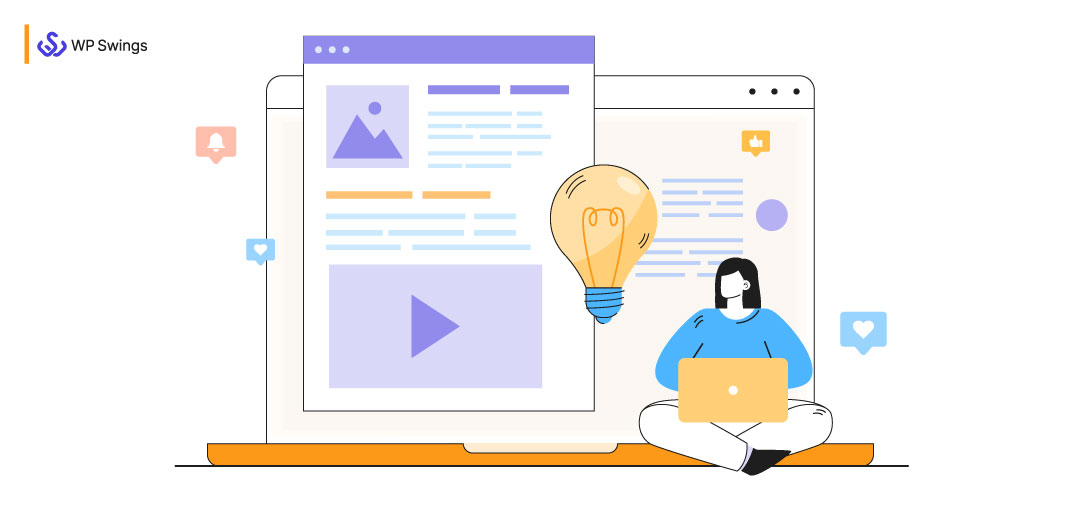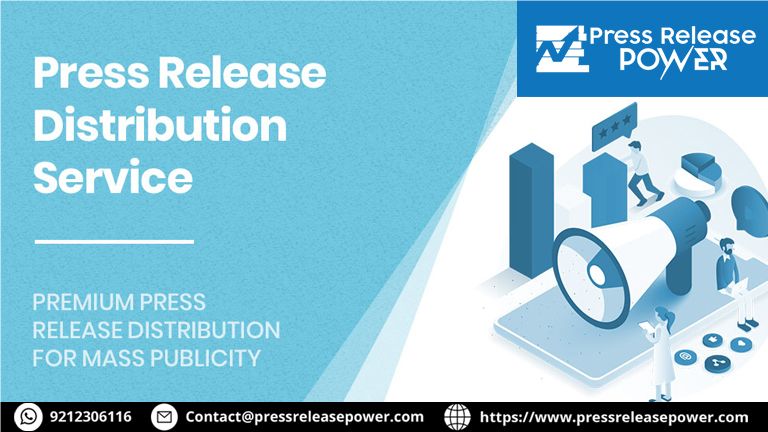How Can I Use the Power of Curiosity in My Copywriting to Increase Conversions?
Images and multimedia play a crucial role in digital content, influencing user engagement and the overall effectiveness of a website or presentation.

Curiosity is a potent tool in copywriting that can significantly enhance engagement and conversions. By tapping into the innate human drive to seek out new information and solve mysteries, you can create compelling copy that drives action. In this article, we will explore how to harness the power of curiosity in your copywriting to boost your conversion rates effectively.
Understanding Curiosity and Its Role in Copywriting
Curiosity is a fundamental human trait that drives people to explore, learn, and understand. In copywriting, leveraging curiosity involves creating content that piques the reader's interest and encourages them to engage further. This can be achieved through various techniques, including intriguing headlines, engaging questions, and compelling storytelling. By fostering curiosity, you can make your copy more engaging and persuasive, ultimately leading to higher conversion rates.
Why Curiosity Matters in Copywriting
Curiosity captures attention and motivates readers to take action. When your copy stimulates curiosity, it creates a desire for more information or a resolution to an unanswered question. This emotional trigger can lead readers to explore your offer, sign up for your newsletter, or make a purchase. In essence, curiosity acts as a catalyst that propels readers from mere interest to taking decisive action.
Key Benefits of Using Curiosity in Copywriting
- Increased Engagement: Curiosity encourages readers to spend more time on your content, increasing engagement.
- Enhanced Recall: Curious content tends to be more memorable, making your message stick with your audience.
- Higher Conversion Rates: When curiosity drives readers to seek out more information, they are more likely to follow through with conversions.
Crafting Curiosity-Inducing Headlines
Headlines are the first point of contact with your audience and play a crucial role in sparking curiosity. A well-crafted headline can make a significant difference in your copy's effectiveness. Here’s how to create headlines that generate curiosity:
1. Use Intriguing Questions
Questions can immediately spark curiosity by presenting a problem or scenario that readers want to resolve. For example, instead of a straightforward headline like "Tips for Better Sleep," consider "Are You Making These Common Mistakes That Ruin Your Sleep?" The latter piques interest and encourages readers to find out if they are making these mistakes.
2. Create a Sense of Mystery
Headlines that hint at valuable information without giving it all away can entice readers to click through. For instance, "The Secret to Doubling Your Productivity in Just One Week" suggests there’s a valuable secret worth uncovering.
3. Incorporate Numbers and Specifics
Numbers and specifics can add credibility and intrigue. Headlines like "5 Surprising Ways to Improve Your Diet" combine curiosity with a clear promise of actionable insights.
Engaging Your Audience with Questions
Questions are a powerful way to engage your audience and stimulate curiosity. They encourage readers to think about their own experiences and how they relate to your content. Here’s how to use questions effectively in your copy:
1. Pose Thought-Provoking Questions
Ask questions that challenge your readers' beliefs or highlight common pain points. For example, "Have You Ever Wondered Why Most Diets Fail?" This type of question makes readers reflect on their own experiences and motivates them to continue reading for answers.
2. Use Questions to Lead into Solutions
Introduce questions that naturally lead into the solutions or benefits you offer. For instance, "Struggling to Find Time for Exercise? Discover the Solution That Works for Busy Professionals."
3. Create Interactive Content
Encourage readers to answer questions or participate in quizzes and polls. This not only boosts engagement but also provides valuable insights into your audience's preferences and needs.
Crafting Compelling Stories
Storytelling is a potent way to engage curiosity and create an emotional connection with your audience. A well-told story can captivate readers and make your message more relatable. Here’s how to incorporate storytelling into your copywriting:
1. Develop a Relatable Narrative
Create stories that resonate with your audience's experiences or aspirations. For example, share a success story of someone who achieved a transformation using your product or service.
2. Build Suspense
Introduce elements of suspense to keep readers hooked. For instance, "Find out how one small change led to a dramatic improvement in health" creates anticipation and encourages readers to continue.
3. Highlight Emotional Impact
Focus on the emotional journey of your story. Show how your product or service can positively impact the reader’s life, making the story more engaging and persuasive.
Utilizing the Curiosity Gap
The curiosity gap is the space between what readers know and what they want to know. By creating content that bridges this gap, you can effectively capture and maintain interest. Here’s how to use the curiosity gap in your copywriting:
1. Tease Information
Provide just enough information to spark interest but leave out key details to create curiosity. For example, "Discover the innovative technique that top marketers are using to boost engagement" entices readers to learn more.
2. Use Progressively Revealed Content
Structure your content in a way that reveals information step-by-step. This approach keeps readers engaged as they progress through the content, eager to uncover more details.
3. Employ Cliffhangers
End sections of your content with cliffhangers to encourage readers to continue. For example, "In the next section, we’ll reveal the final piece of the puzzle that could change everything for you."
Optimizing Your Call-to-Action (CTA) with Curiosity
Your call-to-action (CTA) is crucial in guiding readers toward conversion. By integrating curiosity into your CTAs, you can make them more compelling and effective. Here’s how to optimize your CTAs with curiosity:
1. Use Actionable Language
Create CTAs that evoke curiosity and prompt immediate action. For example, "Unlock the Secret to Boosting Your Sales Today" combines curiosity with a clear action.
2. Highlight Benefits Without Giving Away Everything
Showcase the benefits of your offer without revealing all the details. For example, "Get Access to Exclusive Strategies That Top Performers Swear By" creates curiosity and encourages readers to click.
3. Test Different CTAs
Experiment with different CTAs to see which ones resonate best with your audience. A/B testing can help you identify which curiosity-driven CTAs drive the highest conversion rates.
Examples of Curiosity-Driven Copywriting
Let’s look at some examples of effective curiosity-driven copywriting to inspire your own content:
1. Email Subject Lines
"Are You Missing Out on This Simple Trick?" uses curiosity to encourage opens and engagement.
2. Social Media Posts
"Find Out What Happens When You Try This One Habit" creates intrigue and prompts users to learn more.
3. Landing Pages
"Discover How We Helped Our Clients Achieve 300% Growth in Just 6 Months" teases a compelling result that readers will want to explore.
Measuring the Impact of Curiosity in Your Copywriting
To ensure that your curiosity-driven copywriting is effective, it’s essential to measure its impact. Track key metrics such as engagement rates, click-through rates, and conversion rates to evaluate performance. Here’s how to measure the impact:
1. Analyze Engagement Metrics
Monitor how long readers stay on your page and how they interact with your content. High engagement can indicate that your curiosity-driven approach is resonating with your audience.
2. Track Click-Through Rates
Measure the effectiveness of your CTAs by tracking click-through rates. A significant increase can suggest that your curiosity-driven CTAs are successfully driving action.
3. Assess Conversion Rates
Evaluate how well your curiosity-driven copy is converting readers into customers. High conversion rates indicate that your approach is effectively driving action.
FAQ
Q1: How can I create curiosity-driven headlines that work?
To create effective curiosity-driven headlines, use intriguing questions, hint at valuable information without revealing too much, and incorporate numbers or specifics to add credibility.
Q2: What are some common mistakes to avoid when using curiosity in copywriting?
Avoid being too vague or misleading, as this can frustrate readers. Ensure that the curiosity you generate is aligned with the content you provide to maintain trust and credibility.
Q3: How can I measure the effectiveness of curiosity-driven copy?
Measure engagement metrics, click-through rates, and conversion rates to assess how well your curiosity-driven copy is performing and make adjustments as needed.
Q4: Can curiosity be used in all types of copywriting?
Yes, curiosity can be applied to various types of copywriting, including emails, social media posts, and landing pages. The key is to tailor your approach to the specific platform and audience.
Q5: How often should I use curiosity in my copywriting?
While curiosity is a powerful tool, it’s important to use it strategically. Balance curiosity-driven content with other types of engaging content to maintain reader interest and trust.
Incorporating curiosity into your copywriting can significantly enhance engagement and drive conversions. By understanding how to craft curiosity-inducing headlines, questions, and stories, and by optimizing your CTAs, you can leverage this powerful tool to achieve better results in your marketing efforts.
Get in Touch
Website – https://www.webinfomatrix.com
Mobile - +91 9212306116
Whatsapp – https://call.whatsapp.com/voice/9rqVJyqSNMhpdFkKPZGYKj
Skype – shalabh.mishra
Telegram – shalabhmishra
Email -info@webinfomatrix.com
What's Your Reaction?




















